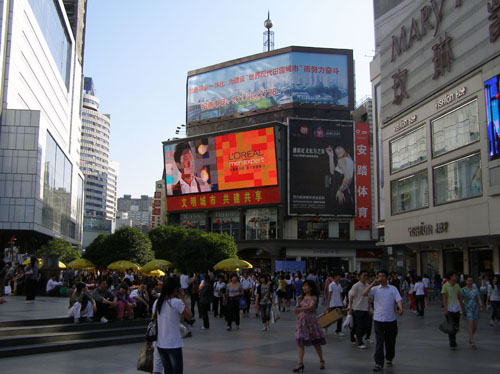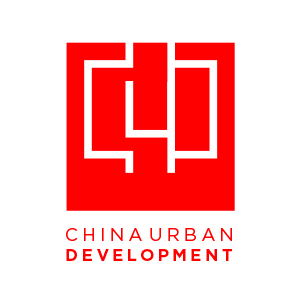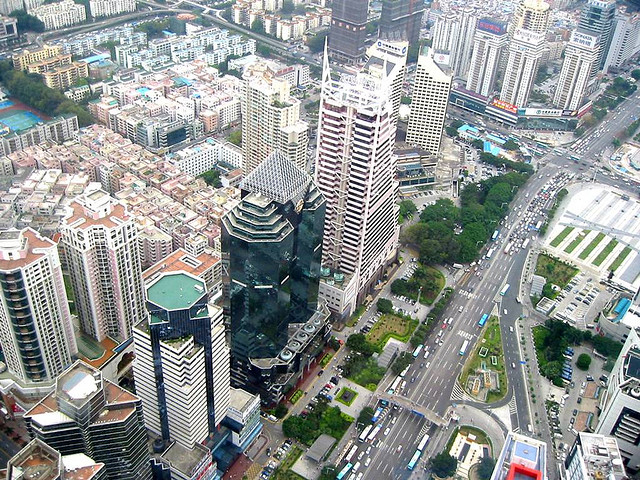
Every few months, Nobel Prize winning economist and New York Times columnist Paul Krugman writes an opinion piece lambasting China for ‘manipulating’ its currency, the renminbi (RMB). Whenever he brings this particular issue up, Krugman argues that China is undermining America’s (and other countries) manufacturing competitiveness.
I have responded to Krugman’s previous commentaries about the Chinese currency issue before (U.S. – China Trade Complications) and discussed why letting the RMB float will not bring manufacturing jobs back to the U.S. Krugman doesn’t seem to be getting the message based on yet another Op-Ed he penned titled China, Japan, America. View full post »



 Uyghur people in Xinjiang. Photo courtesy of
Uyghur people in Xinjiang. Photo courtesy of  Scenes from Chengdu and Shanghai – Two Popular Cities with Expats
Scenes from Chengdu and Shanghai – Two Popular Cities with Expats
by Adam Mayer